Kedarnath Dham is an important holy destination for the Hindus. It is considered to be the place where Lord Shiva is worshipped in the form of Kedarnath. It is also one of the twelve jyotirlingas that attracts devotees from all around the world. As per the Hindu beliefs, Pandavas built the temple and Adi Shankaracharya later restored it. If you’re visiting Kedarnath, weather is one of the most important factors that can have an impact on your travel experience. From November to March for about six months, Kedarnath remains closed each year due to excessive amount of snowfall in the region. The monsoons in Kedarnath start typically in July and end around mid-September. We have curated a guide wherein we will tell you about the weather in Kedarnath, the best time to visit the temple, and tips to cope with the adverse weather conditions.
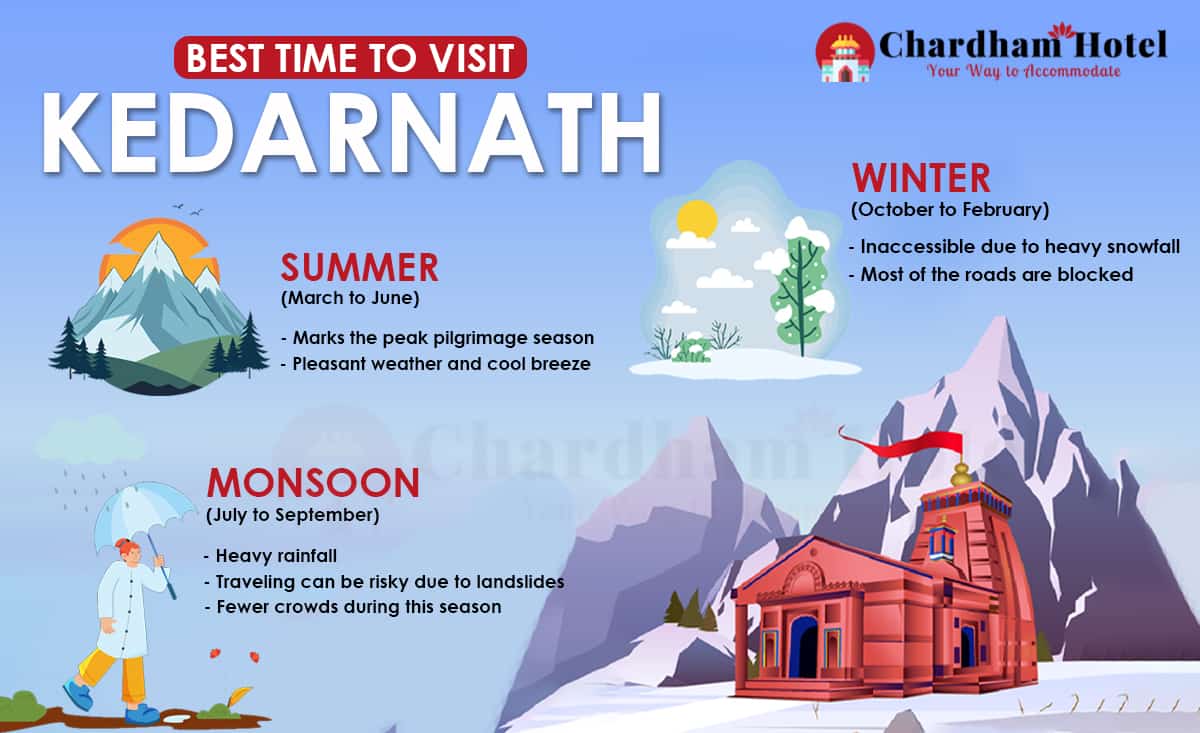
Kedarnath Dham Temple Weather
- Monsoon (July to September): During monsoon, Kedarnath experiences heavy rainfall and traveling can be risky due to the chances of landslides. The average temperature in monsoon ranges around 12 degrees Celsius. You’ll encounter fewer crowds during this season due to the challenging weather conditions.
- Summer (March to June): Summer marks the peak pilgrimage season in Kedarnath with pleasant weather and cool breeze. During this time the average temperature ranges around 20-22°C with sunny days and cool evenings.
- Winter (October to February): Kedarnath is inaccessible during the winter due to heavy snowfall because of which most of the roads are blocked. During the winter, Kedarnath experiences heavy rainfall and temperatures go below sub-zero levels. The deity gets transferred to Ukhimath during the winter due to adverse weather. The entire town gets covered in heavy snow and the temple remains shut for six months during this time of the year.
Best Month to Undertake the Kedarnath Yatra
May and June are the best months to undertake the Kedarnath Yatra as the weather remains pleasant making it comfortable to visit the shrine. During the monsoon (July to September), you should avoid visiting Kedarnath as due to landslides and heavy rains the roads could be blocked. The roads become slippery due to rainfall making it unsafe to travel.
During winter, the temples are closed due to heavy snowfall, and the main deity of Kedarnath Temple is transferred to Ukhimath. If you decide to travel in monsoon stay cautious and pack right.
Best Time to Visit Kedarnath if you Want to Avoid Crowds and Like Snowfall
If you want to avoid crowds and don’t mind snowfall, you can visit Kedarnath between September to October. During this time, the temperature significantly drops and there are chances of snowfall. The temple is not crowded during this season so you can have the darshan of Lord Badrinath in a hassle-free way. But if you’re planning to visit Kedarnath in winter, you should get approval from local authorities and follow all the important safety guidelines.
Also Read:
Is it Safe to Travel to Kedarnath
It is safe to travel to Kedarnath if you follow all the safety guidelines and plan your yatra keeping in mind the weather. While the weather in Kedarnath in summer is considered to be the best for travel due to the cool and comfortable climate you should avoid visiting the shrine in monsoon. In monsoons the paths are slippery and there are chances of landslides so you should take extra caution if you have decided to travel in this season.
What Effect Does the Temperature and Weather of Kedarnath Have on Pilgrims?
- Health Concerns: Since Kedarnath is located at a high altitude pilgrims may have to deal with altitude sickness. The chances of dehydration, altitude sickness, and oxygen deficiency are quite common in such weather because of excessive strain on breathing due to unfamiliarity with the altitude.
- Physical Discomfort: Due to cold weather and challenging terrain pilgrims often feel uneasy while navigating the challenging paths that take them to the Kedarnath Temple. In severe conditions, you may also have to deal with frostbite. Don’t ignore the common signs and symptoms of altitude sickness, such as nausea, headache, or breathlessness.
- Limited access: During the extreme weather, the pathway to Kedarnath Temple can be difficult to access as everything gets covered in snow. Sometimes, the paths get blocked by snow preventing the pilgrims from reaching the temple.
- Travel-Related Troubles: The pathways that lead to Kedarnath Temple get very hazardous due to icy conditions and heavy snowfall. You may have to face lots of troubles due to bad weather conditions while trying to reach the temple. Driving and trekking can be difficult due to slippery roads and roadblocks due to heavy snowfall.
Tips to Deal with Kedarnath Dham’s Extreme Weather Conditions
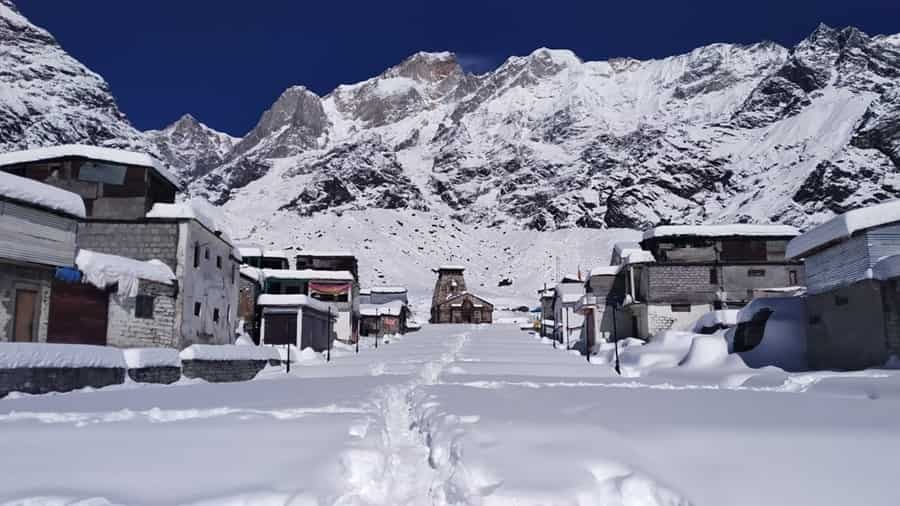
- Check Weather Updates: Before starting your Kedarnath yatra, check weather updates and forecasts. This will help you stay aware of the challenges that you might have to face during the yatra and prepare better for the journey.
- Stay hydrated, but consume only clean water: The high-altitude and cool environment of Kedarnath can cause dehydration. It is important to drink plenty of water throughout the journey. However, do not drink water directly from rivers, streams, or any other water source. The water may seem to be clean but can have contaminants or bacteria that can cause illness. You’re advised to use water purification tablets or bottled water.
- Pack Wind Proof Clothes: The weather in Kedarnath can be unpredictable even during the summers. You’re advised to pack wind-proof layers to keep off the cold winds. A windproof jacket and other protective layers will help you stay warm even during adverse weather conditions.
- Sun Protection: Apply a high SPF sunscreen every four to five hours to protect yourself from harmful UV rays. Even at high altitudes, it can be sunny during the day so you’re advised to wear head protection and sunglasses to stay away from sunburn and heat rashes.
- Keep an Eye on Weather Changes: Since Kedarnath is situated at a high altitude there can be sudden weather changes. If weather warnings are issued, you should return to the lower crevices or safer areas.
Season-Specific Things to Carry while Visiting Kedarnath Dham
- Winter: During the winter you should carry woolen clothing such as a sweater, jacket, thermal underwear, and gloves to protect yourself from the intense cold. Your footwear should be insulated and waterproof.
- Monsoon: If you’re traveling in monsoon carry windbreakers, blankets, water-resistant shoes, raincoats, sleeping bags, tiny water-resistant tents, trekking sticks, and torches with enough batteries. Carry a waterproof shoulder bag to keep your gear dry and secure.
- Summer: Pack light and comfortable clothes if you’re traveling to Kedarnath in the summer. Carry your sunglasses and sunscreen to protect yourself from the harmful effects of UV rays. Carry a water bottle to stay hydrated.
FAQs
Q-1: When is the best time to visit Kedarnath Temple?
Ans: May and June are the best months to undertake the Kedarnath Yatra as the weather remains pleasant making it comfortable to visit the shrine. During these months the days are sunny and pleasant and nights are chilly.
Q-2: When should you avoid visiting the Kedarnath Temple?
Ans: You should avoid visiting Kedarnath in monsoon. In monsoons the paths are slippery and there are chances of landslides so you should take extra caution if you plan to travel in this season.
Q-3: When does Kedarnath Temple remain closed?
Ans: From November to March for about six months, Kedarnath remains closed each year due to excessive amount of snowfall in the region.
Suggested to Read:

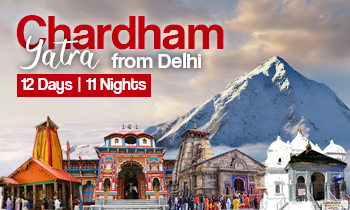


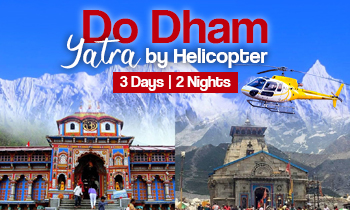
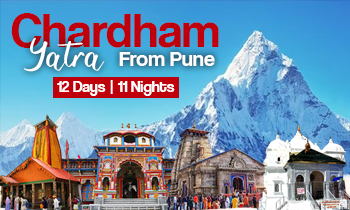
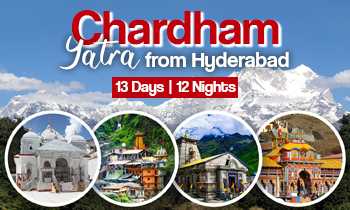
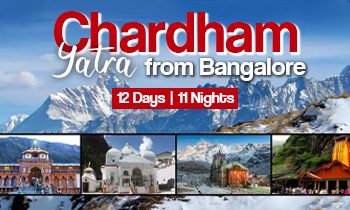
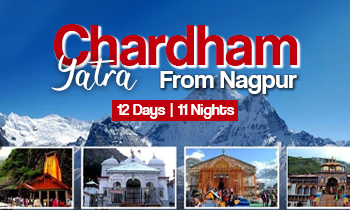
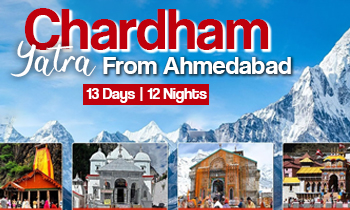
 Call
Call WhatsApp
WhatsApp Enquiry
Enquiry